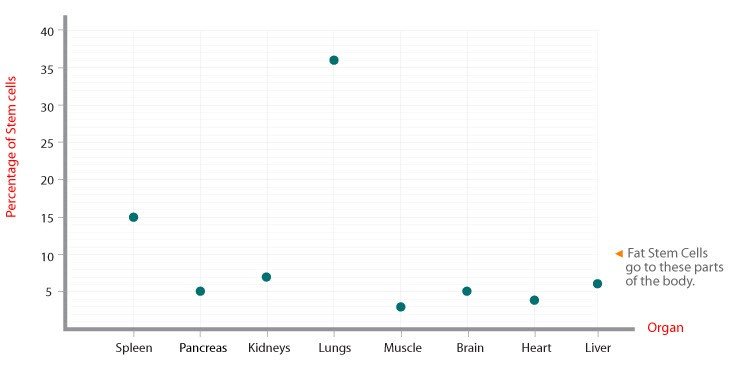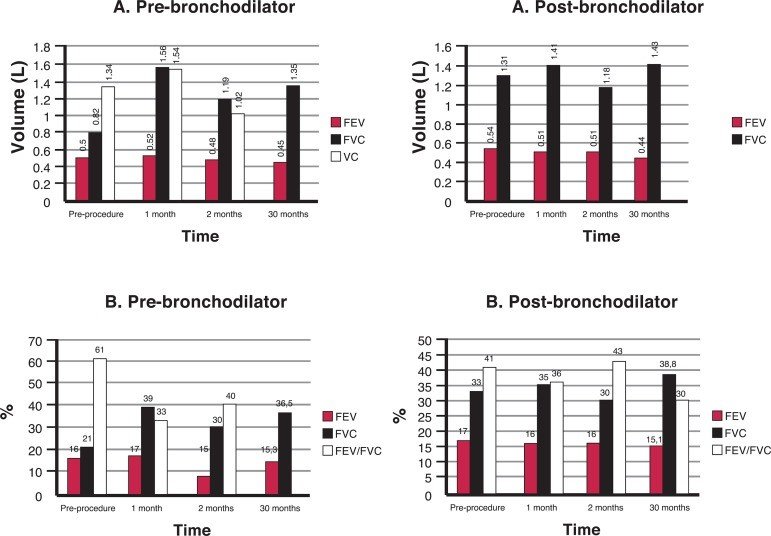Respiratory

COPD//EMPHYSEMA
INTERSTITIAL LUNG DISEASE (ILD) // INERSTITIAL PULMONARY FIBROSIS (IPF)
Chronic obstructive pulmonary disease is a major inflammatory disease of the airways and an enormous therapeutic challenge. Within the spectrum of chronic obstructive pulmonary disease, pulmonary emphysema is characterized by the destruction of the alveolar walls with an increase in the air spaces distal to the terminal bronchioles but without significant pulmonary fibrosis. Therapeutic options are limited and palliative
Idiopathic pulmonary fibrosis (IPF) is a chronic lung disease characterized initially by the presence of inflammatory cells within the alveoli. This is followed by thickening and fibrosis of the alveolar walls. The etiology and pathogenesis are as yet unknown.
It is now considered that changes occur at endothelial cell level, due to a response to some irritant, such as cigarette smoke, gastro-esophageal reflux, environmental pollution. In IPF, the repair mechanism is impaired, leading to excessive production of myofibroblasts and accumulation of extracellular matrix.
.
Though the patho-physiology in both the diseases is different however the treatment protocol remains the same.
Stem cells administered intravenously accumulate in interstitial and cells administered via special nebulizer apparatus reach deep into alveoli. After intravenous infusion maximum no of cells reach lungs hence an effective therapeutic effect

The cells provide Protection by differentiation of engrafted into specific and distinct lung cell phenotypes, and triggering production of growth factors which mobilizes endogenous stem cells and with a decrease in inflammatory cytokine. Protection from fibrosis also involves suppression of inflammation.
In 80 % of Patients Respiratory and forced volume capacity increases significantly FVC > 60% diffuse lung capacity for carbon monoxide-DLCO > 45% of the predicted values.
Breathing improves over time. Oxygen saturation improves and dependence on oxygen reduces drastically Patients state that they feel they can once again “catch their breath.” Mucous secretion is reduced.
Expiratory parameters increases from 20% to 39% (nearly double) of the predicted values FEV1/FVC ratio dropped from an average 45 % before the procedure to 28 % at 2 yr follow up. This decline occurred due to maintenance of the FEV1 and an increase in the FVC.

Average Pre and post pulmonary function values in a clinical study on 10 patients
